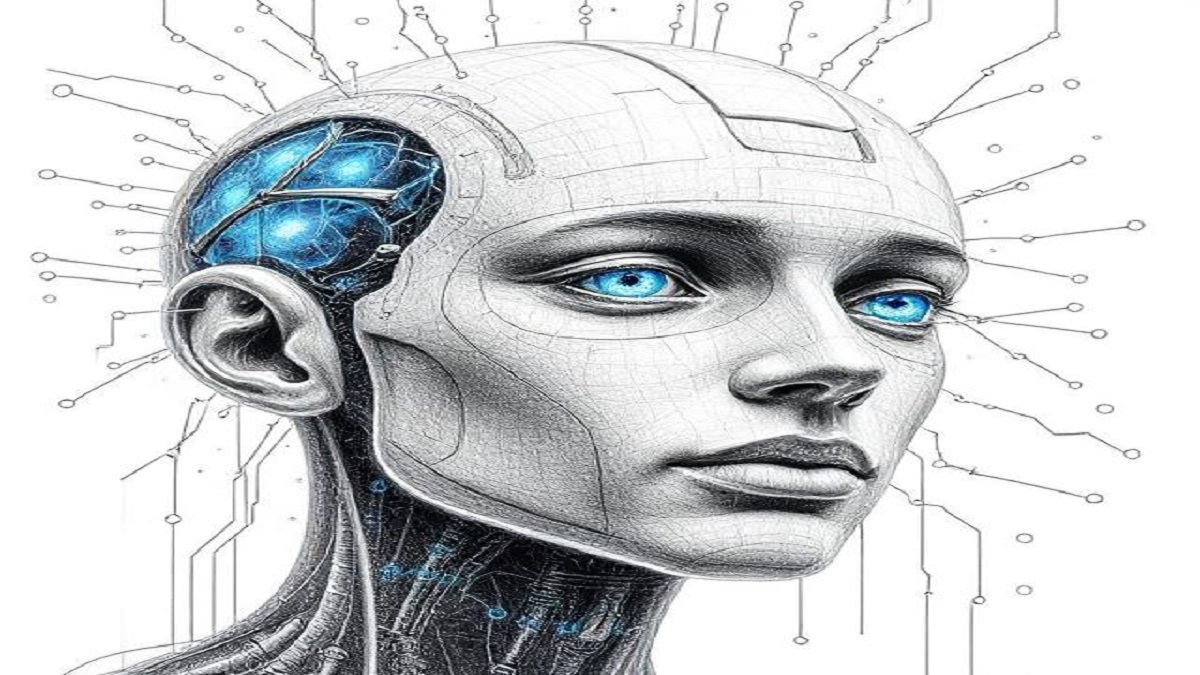Can a robot really understand your feelings? Or better yet—can it have feelings of its own? Welcome to the fascinating world of emo robots—machines designed not just to respond, but to relate. If Siri had a heart, this is what she might evolve into. Let’s dive into the world where tech meets tenderness.
What Exactly Is an Emo Robot?
It’s Not Just a Cute Face—It’s Emotional Intelligence
An emo robot is an emotionally intelligent machine that can detect, interpret, and often mimic human emotions. Think of it as your Alexa or Google Assistant… but with empathy. These robots use a combination of facial expressions, tone analysis, sensors, and behavioral algorithms to respond like a human would—with warmth and understanding.
A Brief History of Emotional Robots
From Sci-Fi to Reality
Remember C-3PO from Star Wars or Baymax from Big Hero 6? Emotional robots were once just adorable figments of our imaginations. But fast-forward to today, and guess what? Science fiction is becoming science fact.
Early Attempts at Emotional AI
It all started with clunky bots in the 90s that could “laugh” or “cry” based on pre-programmed responses. Not exactly heartfelt. But now, with advanced AI and machine learning, these bots are actually learning how we feel.
How Do Emo Robots Work?
Sensors and Cameras: Their “Eyes and Ears”
These robots are equipped with high-definition cameras and sensitive microphones. They watch your face, read your micro-expressions, and listen to your voice tone. Some even use thermal sensors to detect changes in body temperature—because hey, sweaty palms could mean anxiety!
Emotion Recognition: Understanding Your Mood
Thanks to deep learning algorithms, emo robots can identify if you’re happy, sad, angry, or even bored. Their response? Tailored to suit your vibe. Feeling down? They’ll offer a joke. Feeling anxious? They’ll talk you down gently.
Machine Learning and AI: The Brain Behind the Bot
The more you interact with them, the better they get at understanding you. Over time, your emo robot becomes emotionally attuned—like that one friend who always knows what’s up with you before you even say a word.
Famous Emo Robots Around the World
Lovot – The Cuddlebot from Japan
Designed to be hugged, Lovot has big puppy-dog eyes, soft fur, and a warm body. It doesn’t do chores, but it’ll follow you around like a pet and respond to your touch and voice. Cute, right?
Pepper – The Charming Retail Assistant
Pepper works in malls, airports, and banks, greeting customers with a smile and a tailored chat. It’s not just saying hi—it’s analyzing how you feel and adjusting its tone accordingly.
Moxie – Teaching Kids About Emotions
Moxie is a robot buddy for children. It helps them learn emotional skills, like empathy and kindness, through daily conversations and playful missions.
Why Are Emo Robots Gaining Popularity?
Emotional Companionship in an Isolated World
Let’s face it: the modern world can be lonely. People are turning to these robots for emotional support. They don’t judge, they’re always available, and best of all—they listen.
Helping Children and Seniors
Kids with autism or seniors with dementia benefit from emotionally responsive bots that provide stability, routine, and comfort. They’re not just gadgets—they’re lifelines.
Bridging the Gap Between Humans and Machines
We don’t just want smart robots—we want ones that feel human. Emo robots are the first step toward emotional human-machine symbiosis.
Pros and Cons of Emo Robots
The Good Stuff: Benefits You Didn’t Expect
- Reduce feelings of loneliness
- Help develop emotional intelligence in kids
- Offer comfort without human fatigue
- Provide 24/7 emotional engagement
Concerns: Are We Replacing Human Bonds?
Some experts worry that people may become too attached to machines. Could these bots replace real relationships? It’s a question we’ll need to navigate carefully.
Emo Robots in Entertainment and Pop Culture
From Wall-E to Baymax
Pop culture has long adored emotionally rich robots. Wall-E made us cry without saying a word. Baymax? The robotic teddy bear we all secretly want.
The Rise of Robotic “Feels” in Movies
From Ex Machina to Her, filmmakers explore our emotional connections with AI. It’s not just fantasy anymore—it’s a preview of what’s coming.
Future of Emo Robots: What’s Next?
Emotionally-Aware Caregivers and Teachers
Imagine a classroom where your robot teacher knows when you’re confused—or a hospital robot that comforts you while administering care. It’s all on the horizon.
Robots That Can Feel Pain or Empathy?
Some researchers are exploring how to simulate empathy and even pain in robots—not to make them suffer, but to help them understand our experience better.
Final Thoughts
So, can a robot really feel emotions? Not exactly—at least, not the way we do. But they’re learning to understand and respond to ours in eerily human ways. Emo robots are reshaping the future of human-robot interaction. They may not cry real tears, but they might just warm your heart.
Whether you’re a tech geek, a curious parent, or just someone looking for a friend who doesn’t talk back (unless programmed to), emo robots are worth watching. Or better yet, hugging.
FAQs
1. Are emo robots capable of real emotions?
Nope—not yet. They simulate emotions using data and algorithms, but they don’t feel in the human sense.
2. Can an emo robot be used for therapy?
Yes! They’re being tested as companions for kids with autism and seniors with Alzheimer’s for therapeutic engagement.
3. Are these robots safe for kids?
Most emo robots are built with child safety in mind. But like any tech, adult supervision is always smart.
4. How much do emo robots cost?
Prices range from $500 to $5000 depending on features, with some luxury models even pricier.
5. Can I buy one now?
Absolutely. Brands like Lovot, Moxie, and Pepper are commercially available in certain countries.






